A review of AXA Mansard risk-protection group’s H1 2022 financial statement showed a +20.94% rise in gross premium written in H1 2022, suggesting dramatic operating growth in the face of strong economic headwinds.
Despite its top-line growth, the insurer saw a decline in its profit before tax and post-tax earnings, which fell by -59% and -62%, respectively, due to rising claims from its health portfolio. The insurer, therefore, saw a deterioration in its loss ratio. Also, current inflationary pressures and currency devaluation resulted in higher claims as the replacement costs of assets soared.
Key Highlights
- Gross premium written grew by +20.94% to N45bn in the half year (H1) of 2022, from N37.2bn, achieved in H1 2021.
- Net premium income rose by +30.54% from N17.42bn in H1 2021 to N22.75bn in H1 2022
- Profit before Tax (PBT) dropped to N1.3bn in H1 2022 from N3.2bn recorded in H1 2021.
- Profit after Tax (PAT) stood at N871m in H1 2022, a -61.9% drop from N2.3bn in H1 2021.
- Earnings per share (eps) by +50.00% to 9kobo in H1 2022 from 5kobo in H1 2021. The rise in eps was the result of a major share buyback initiative. The company’s shares outstanding fell from 36m in June 2021 to 9m in June 2022.
- Finance costs fell by -45.28% from N239m in H1 2021 to N130.8m in H1 2022
- Total assets, which stood at N119.8bn in H1 2022, rose by +16.41% from N102bn in H1 2021
Share Price Movement
AXA Mansard’s share price movement showed mild volatility in the first four months of 2022, reaching a resistance price of N2.60 in April 2022. In the same month, the price dipped to N2.44. However, it fluctuated in May and has trended downwards since June to close at N1.70 as of September 23, 2022. (See chart 1 below).
Chart 1: AXA Mansard’s Share Price H1 2019-H1 2022
Gross Premium Written
The insurance company’s top-line earnings rose by +20.94% to N44.968bn in 2022. Driven by property and casualty risk protection line items, which grew by +8% from N17.8bn to N19.2bn in H1 2022, life and savings grew by +68% from N5.3bn to N8.9bn, and health which increased by +21% from N14.2bn to N17.1bn in 2022; all these contributed to the overall growth in the company despite challenging macroeconomic condition. (See chart 2 below).
Chart 2: AXA Mansard’s Gross Written Premium H1 2019-H1 2022
Profit Before Tax (PBT)
Overall profit before tax declined by -58.88%, primarily driven by worsened claims on health business which fell by -120% Year-on-Year (Y-o-Y) from N1.8bn in H1 2021 to -0.5bn in H1 2022 on the back of increased cost of care and increased expenses. The insurers’ bottom-line earnings benefitted from a decline of -45.28% in finance costs. (See chart 3 below).
Chart 3: AXA Mansard’s Profit Before Tax H1 2019-H1 2022
Asset Turnover Ratio
After recording its highest asset turnover ratio in H1 2020 at 3.33, the group’s ROA has slipped for the second time in three years to 2.66 in H1 2022. Despite the +20.94% rise in Gross written premium and the total assets growing to N119.8m, the ratio indicates a less efficient use of available assets. (See chart 4 below).
Chart 4: AXA Mansard’s Asset Turnover Ratio H1 2019-H1 2022
Return-on-Equity (RoE)
Drilling down through the numbers, analysts noticed the group’s ROE had risen steadily in the last three years, from 0.87 in H1 2020 to 1.26 in H1 2022, driven by an increase in gross written premium. (See chart 5 below)
Chart 5: AXA Mansard’s Return-on-Equity Ratio H1 2019-H1 2022
Debt-to-Equity Ratio (DER)
AXA Mansard recorded a steady decline in its debt-to-equity ratio over the past three years. Analysts noticed that the insurance company financed its growth through equity. The insurer recorded its highest debt-to-equity ratio in H1 2020, but it has fallen to 0.07 in H1 2022. (See chart 6 below).
Chart 6: AXA Mansard’s Debt-to-Equity Ratio H1 2019-H1 2022
Current Ratio
The H1 2022 financial result of AXA Mansard revealed that the company has the financial capacity to remain solvent in the short term. The current ratio of 2.00 in H1 2022, which declined slightly from 2.24 in H1 2021, indicates that the business has two times more current assets than liabilities to cover its debts. Recovering from the COVID-19 pandemic in 2021, the short-term asset declined by -2% while the short-term liability increased by +2%, which affected the profit before tax in H1 2021. (See chart 7 below)
Chart 7: AXA Mansard’s Current Ratio H1 2019-H1 2022
Expense Ratio
The operating expense ratio of AXA Mansard in H1 2022 fell from 17% in 2021 to 14% in H1 2022, which declined by -18% indicating how the company’s management is efficient enough to manage all of its expenses by keeping costs low while generating written premiums. The deduction was driven by a +20.94% increase in gross written premium as the company’s expenses are lesser. (See chart 8 below).
Chart 8: AXA Mansard’s Operating Expense Ratio H1 2019-H1 2022
Loss Ratio
The company’s loss ratio increased modestly to 50%, indicating that the company is profitable since the total claims and expenses were less than the N44.9bn gross written premium recorded in H1 2022. (See chart 9 below)
Chart 9: AXA Mansard’s Loss Ratio H1 2019-H1 2022
Risk Protection and the Challenge of Uncertainty
With greater volatility, uncertainty, complexity, and ambiguity dominating global economies, the risk protection business has higher headroom for growth. The problem in Nigeria is that the life assurance business is laboured and uninspired as workers tend not to insure their lives as they attribute their life protection to God. Indeed, cultural norms and perspectives tend to restrain potential policyholders in Nigeria from buying life insurance protection.
The general and property insurance business is a different narrative. The general insurance segment is lively and well as businesses that leverage their equity with debt are required by lenders to insure their fixed assets to reduce the loan’s risk-adjusted-return (RAR) ratio. However, even the culture of general insurance is still a slow-burning candle. In an uncertain world, insurance should be an increasing certainty.
 Lagos, NG • GMT +1
Lagos, NG • GMT +1











 485 views
485 views















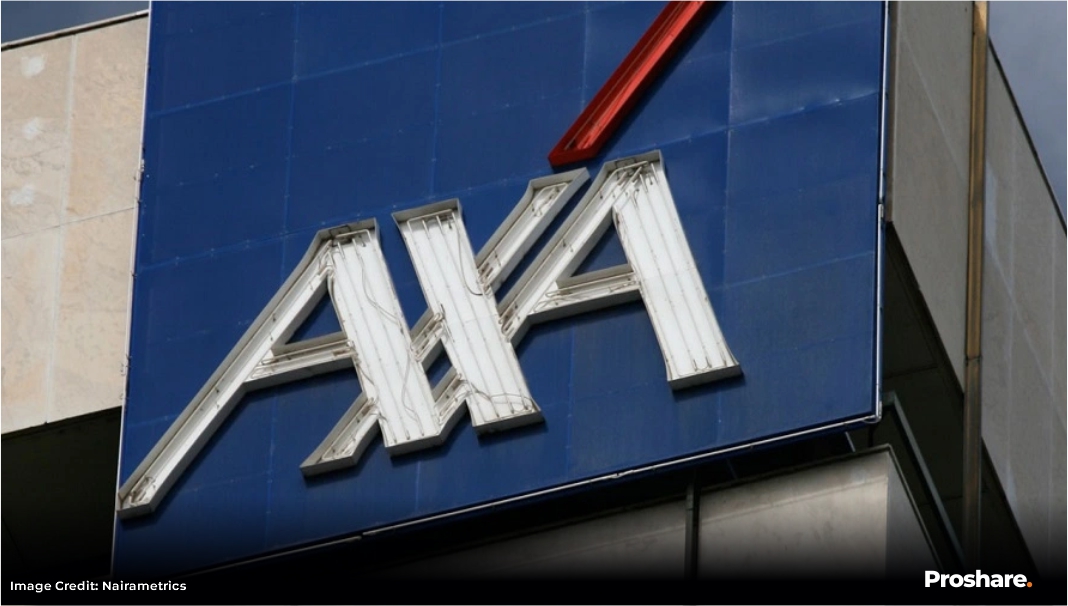
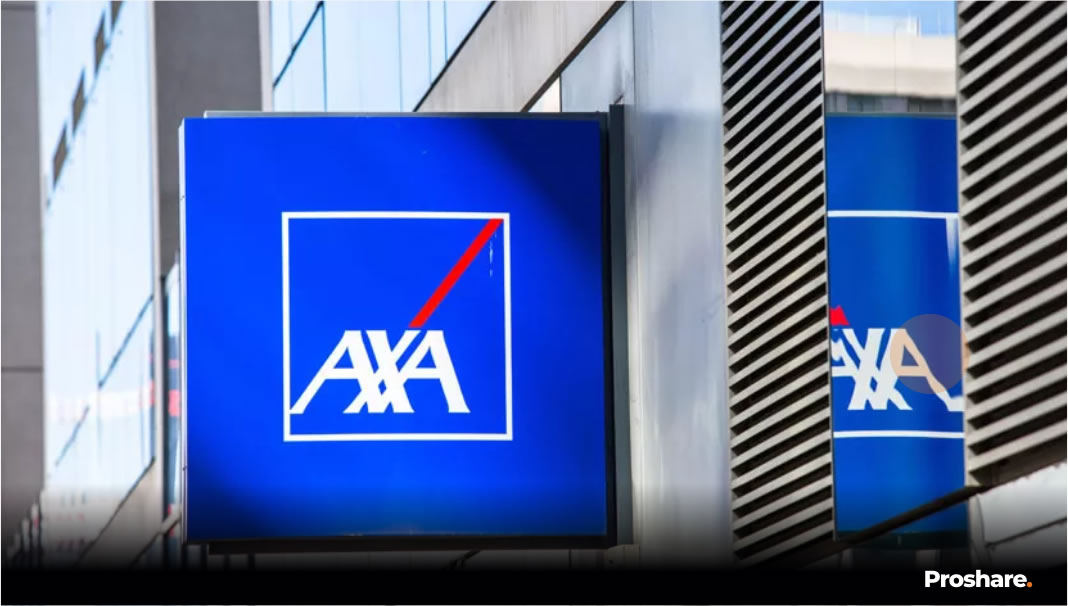
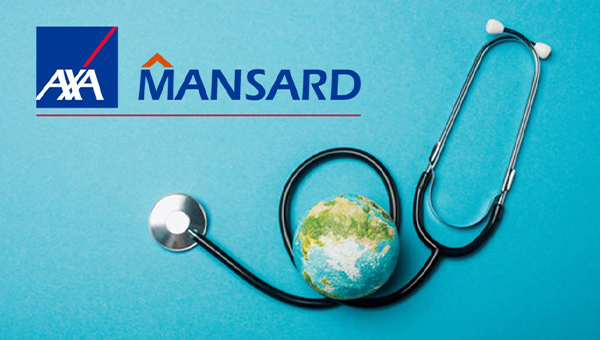
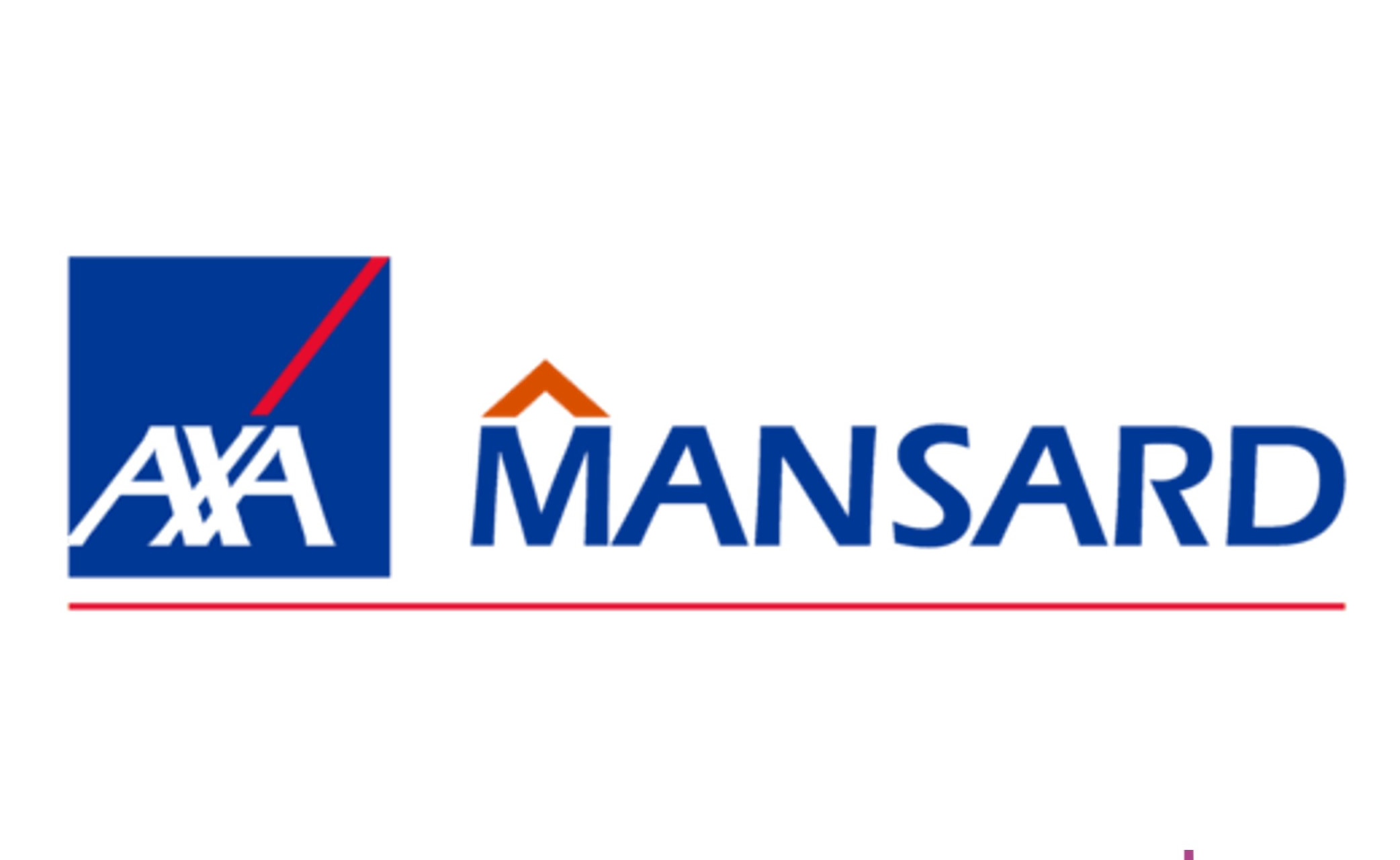
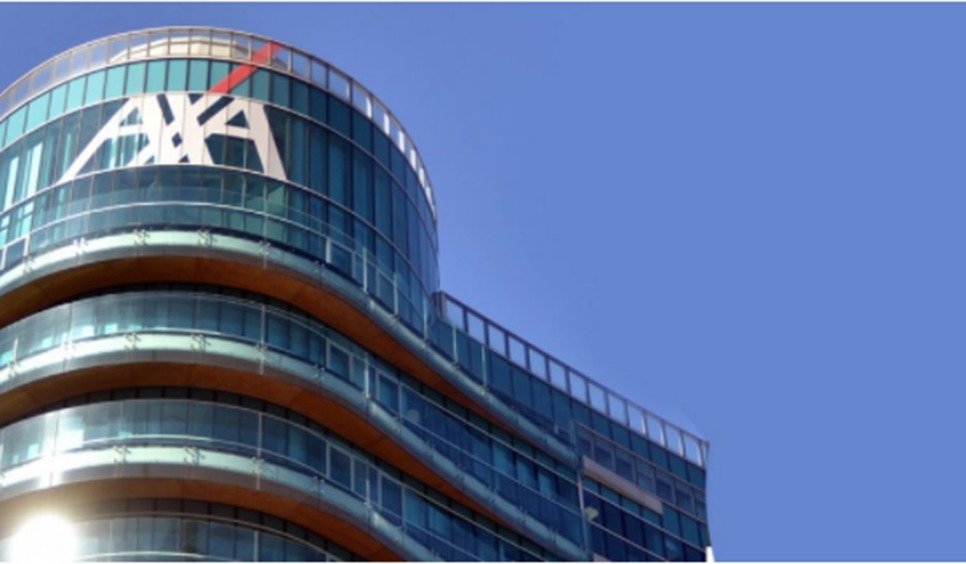
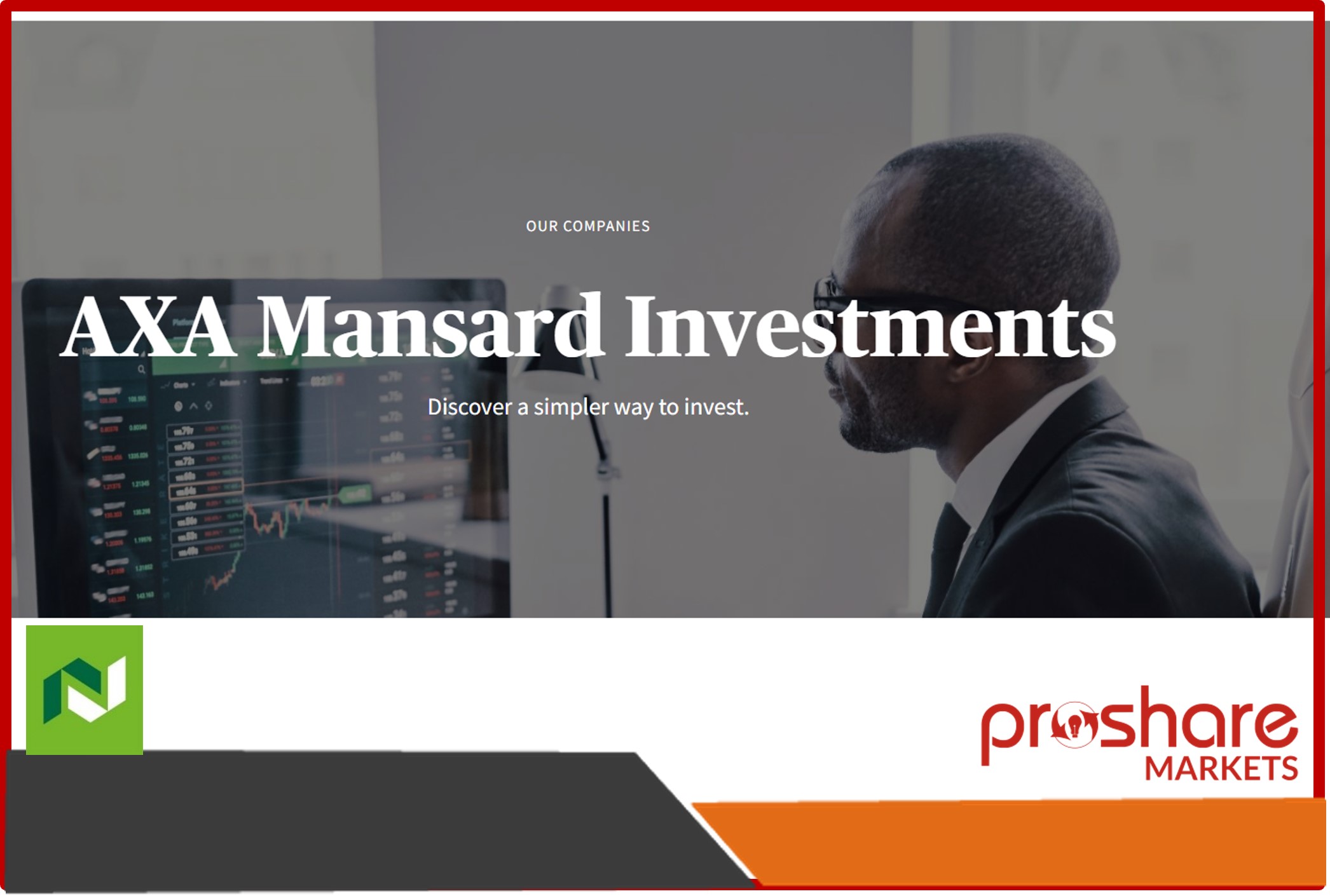





 Sponsored Ad
Sponsored Ad
 Advertise with Us
Advertise with Us









